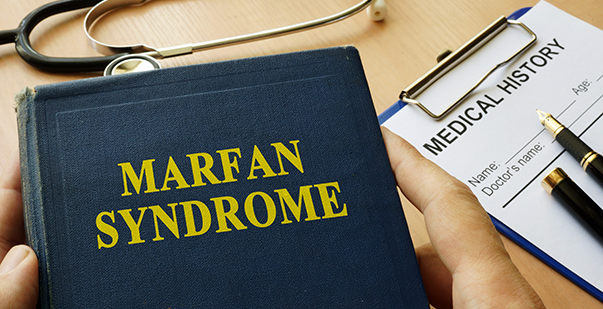
Updated on: March 20, 2024
In times of medical emergencies, it can be overwhelming, especially when little ones are involved. For pediatricians and healthcare professionals, it is crucial to be prepared to face any challenges. The challenges that arise during pediatric emergencies have different complexity and demands. With quick thinking and proper training, they can make a big difference in saving a child’s life.
Pediatric Advanced Life Support (PALS) online certification from PALS Certification offers pediatricians a lifeline of knowledge and skills. By obtaining this certification, healthcare professionals gain essential expertise in handling critical situations in young patients. From assessing vital signs to administering life-saving interventions, the PALS training equips pediatricians to face emergencies with confidence and competence. With the PALS online certification, pediatricians are always prepared. They can provide the best care for children during their most vulnerable moments.
As parents and caregivers, it’s essential to be aware of common pediatric emergencies and the signs and symptoms they may exhibit. Let’s take a closer look at some of these common emergencies and their key signs and symptoms. Here are the top 5 pediatric emergencies:
Choking is a serious concern for young children. A child who is choking may:
Fever is a common symptom in children. While most fevers are harmless and resolve on their own, high fever can be a sign of a more severe condition. Look out for a temperature above 100.4°F (38°C). Also, keep an eye on accompanying symptoms like lethargy, irritability, and difficulty breathing.
Allergic reactions can range from mild to severe. They may cause hives, swelling, difficulty breathing, or even anaphylaxis. Seek emergency help right away if a child experiences sudden and severe allergy symptoms like:
Burns can occur from hot objects, liquids, or chemicals. Their severity depends on the depth and extent of the injury. Look for redness, blistering, or charred skin. Get medical care immediately in the following cases:
Falls and accidents can lead to head injuries in children. Head injuries should be assessed by a healthcare professional promptly. Watch for symptoms like:
Here are 10 simple steps to address parental anxiety and offer reassurance during pediatric emergencies:
Answer the parents’ questions as honestly as possible. Address their concerns and provide information about the child’s condition and the planned course of action.
Kind and comforting words can go a long way in reassuring parents. Let them know that their child is in good hands and that the medical team is doing everything possible to help.
During waiting periods or less critical moments, suggest simple distractions for parents. Such as offering a glass of water or guiding them to a quiet waiting area. These small gestures can ease their stress.
In the face of pediatric emergencies, staying calm and providing reassurance to parents is paramount. By communicating clearly, answering questions, and offering comforting words, healthcare professionals and caregivers can alleviate parental anxiety. With the PALS online certification from PALS Certification, pediatricians can ensure that they are well-prepared to provide the best care for children during their most vulnerable moments.